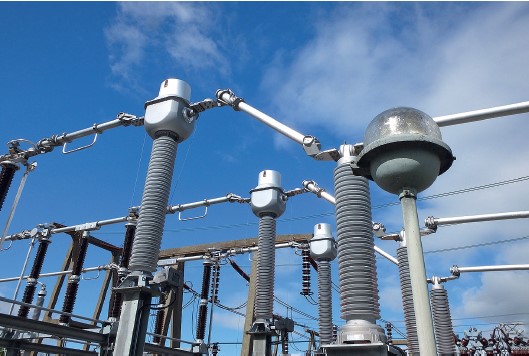
The development of the IEC 61850 standard has been going on for a quarter of a century and we already know that there are thousands of substations using this technology all over the world. So, one of the questions that we frequently discuss is about the future of digital substations and we’re not the only ones asking this question.
There are obviously many businesspeople and investors that are thinking the same – what is the future of this technology and how much business is in it?
That is why we looked at the reports on the digital substations’ global market and the trends that are observed by the analysts when they do their evaluations.
From what we have seen, in 2020 the global business in digital substations was more than 6 billion U.S. dollars with the prediction that this number will go above 9 billion in 2025. The growth of the market is attributed to the increasing awareness of the different stakeholders in the benefits of the transition from conventional hard-wired substations to the digital technology, while at the same time driven by the development of smart grids and the increasing investment in smart cities. Another contributing factor is the aging electric power systems infrastructure and the need for refurbishing of many existing substations which is practically impossible using the conventional substations technology. This explains the increased investment in digital substations technology of leading global PAC equipment manufacturers.
The predictions are that the fastest digital substations market growth will be in the Asia Pacific region due to the rising investments because of the fast industrialization of this part of the world. The number of new digital substations in China, India and the Middle East opens a lot of new opportunities for investment in the digital substation’s markets.
Looking at which segments of a power grid will see the fastest growth it is estimated that it will be at the transmission level, with the distribution substations lagging behind.








